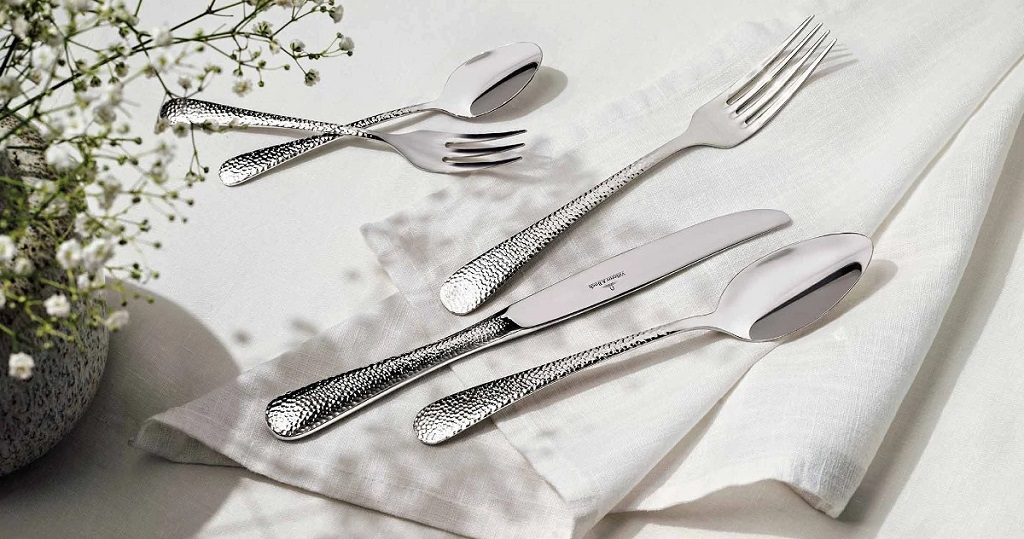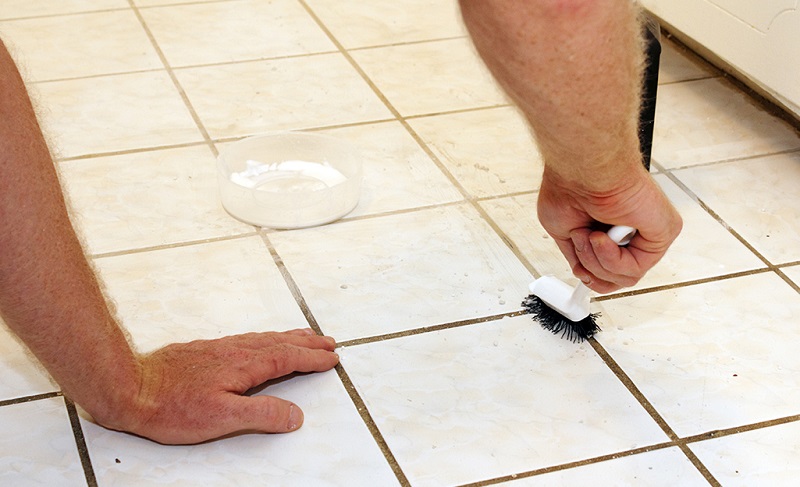Stainless steel cutlery is known for its durability, shine, and corrosion resistance. However, over time, even stainless steel can lose its gleam and develop tarnish, often from frequent use, exposure to water, or harsh detergents. With a little effort and the right techniques, you can restore your cutlery to its original luster. This guide will walk you through effective methods and tips to clean tarnished stainless steel cutlery so you can keep it looking like new for years to come.
Why Does Stainless Steel Cutlery Tarnish?
Before diving into the cleaning methods, it’s useful to understand why stainless steel tarnishes in the first place. Stainless steel contains a mix of iron, chromium, and other metals that make it rust-resistant. However, it’s not entirely immune to tarnishing, which can occur due to:
- Prolonged Exposure to Water: Water spots and mineral deposits can accumulate on stainless steel over time, especially in areas with hard water.
- Contact with Acidic Foods: Prolonged exposure to acidic foods like tomatoes, vinegar, or citrus can dull the surface of stainless steel.
- Chemical Reactions with Detergents: Harsh detergents and high temperatures in dishwashers can cause discoloration or tarnish.
- Improper Storage: Storing cutlery in damp or humid conditions can also lead to tarnishing.
Read More also: How to cut your energy bills
Simple Ways to Clean Tarnished Stainless Steel Cutlery
Now that you know why tarnishing occurs, here are some simple and effective cleaning methods to help restore your stainless steel cutlery.
1. Using Baking Soda and Water Paste
Baking soda is a gentle abrasive and an effective cleaner for tarnished stainless steel.
What You’ll Need:
- Baking soda
- Water
- Soft cloth or sponge
Instructions:
- Mix baking soda and a small amount of water to form a thick paste.
- Apply the paste to the tarnished areas of your cutlery.
- Use a soft cloth or sponge to rub the paste in gentle, circular motions.
- Rinse the cutlery thoroughly with warm water to remove all traces of the paste.
- Dry immediately with a clean, soft towel to avoid water spots.
This method is effective for light to moderate tarnish and is safe for regular cleaning.
2. Cleaning with White Vinegar
White vinegar’s acidity makes it ideal for cutting through grime and tarnish on stainless steel.
What You’ll Need:
- White vinegar
- Soft cloth or sponge
- Bowl of warm water (optional)
Instructions:
- Dampen a soft cloth or sponge with white vinegar.
- Rub the tarnished areas of your cutlery with the vinegar-soaked cloth.
- For stubborn tarnish, let the vinegar sit on the surface for a few minutes before scrubbing.
- Rinse the cutlery thoroughly with warm water.
- Dry immediately with a clean towel.
Alternatively, you can submerge heavily tarnished pieces in a bowl of warm water mixed with a few tablespoons of vinegar for about 10–15 minutes before rinsing and drying.
3. Polishing with Olive Oil
Olive oil is a natural polish that helps restore shine to stainless steel cutlery and can help protect against future tarnishing.
What You’ll Need:
- A few drops of olive oil
- Soft microfiber cloth
Instructions:
- Place a few drops of olive oil on a soft cloth.
- Rub the oil into the cutlery, focusing on any areas that appear dull.
- Buff with a clean section of the cloth to remove excess oil and achieve a smooth, polished finish.
This method is best used after cleaning to add shine and a protective layer to your stainless steel cutlery.
4. Using Lemon Juice and Salt
Lemon juice’s natural acidity and salt’s abrasive texture make this duo a powerful cleaning solution for stainless steel.
What You’ll Need:
- Lemon juice
- Salt
- Soft cloth or sponge
Instructions:
- Mix equal parts lemon juice and salt to create a paste.
- Apply the paste to the tarnished areas of the cutlery.
- Gently scrub with a soft cloth or sponge.
- Rinse thoroughly with warm water.
- Dry immediately with a clean towel.
Lemon juice and salt are especially effective for stubborn stains, but avoid using this method too frequently, as it can be abrasive.
Preventing Tarnish on Stainless Steel Cutlery
Regular maintenance can help prevent tarnish and keep your stainless steel cutlery looking its best. Here are some preventive tips:
1. Hand Wash When Possible
Although many stainless steel items are dishwasher-safe, hand washing is gentler and helps prolong their shine. Use mild soap and warm water, then dry thoroughly with a soft cloth.
2. Avoid Prolonged Contact with Acidic Foods
After serving acidic foods, rinse or clean your cutlery promptly to prevent corrosion. This reduces the chance of discoloration and tarnish over time.
3. Use a Gentle Polish Periodically
Every few weeks, give your cutlery a light polish using olive oil, as outlined above. This not only adds shine but also helps create a protective layer that reduces the likelihood of tarnish.
4. Store in a Dry Place
Damp conditions can accelerate tarnishing. Make sure your cutlery is thoroughly dry before storing it, and consider using a drawer liner to prevent moisture buildup.
When to Avoid Certain Cleaning Methods
While the methods outlined above are generally safe, there are a few precautions to keep in mind:
- Avoid Harsh Scouring Pads or Steel Wool: These can scratch the surface of stainless steel, making it more susceptible to tarnish and dullness.
- Skip Abrasive Powders and Harsh Chemicals: Strong bleach or abrasive powders can damage stainless steel, so opt for gentle, natural cleaners instead.
- Do Not Soak for Long Periods: While a brief soak in a vinegar or lemon solution is safe, avoid soaking stainless steel cutlery in harsh solutions for extended periods, as it may cause damage.
Final Thoughts: Keeping Stainless Steel Cutlery Sparkling
Maintaining the shine and cleanliness of stainless steel cutlery doesn’t require harsh chemicals or special cleaners. With common household ingredients like baking soda, vinegar, lemon juice, and olive oil, you can easily remove tarnish and restore your cutlery’s original luster. Regular maintenance, such as hand washing, quick drying, and polishing, will keep your cutlery looking like new and prevent future tarnish from building up. By following these tips and tricks, you’ll ensure your stainless steel cutlery stays sparkling and enhances your dining experience for years to come.





